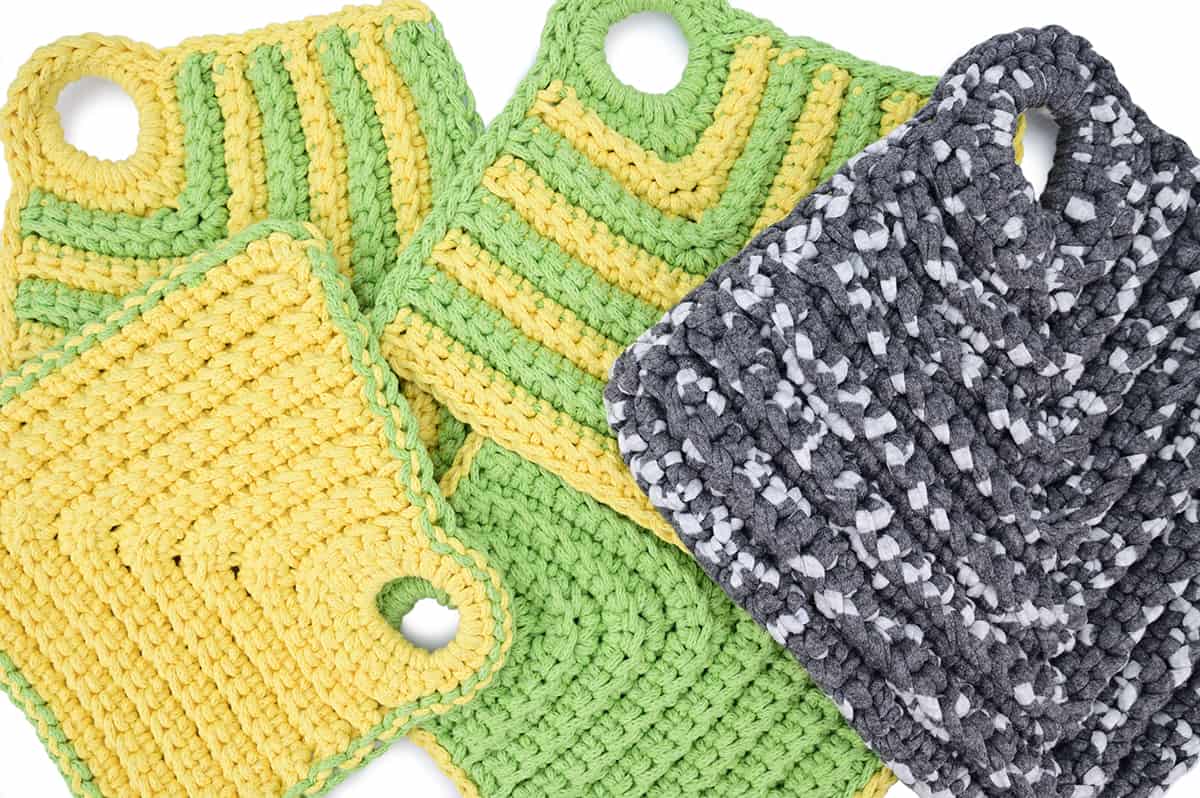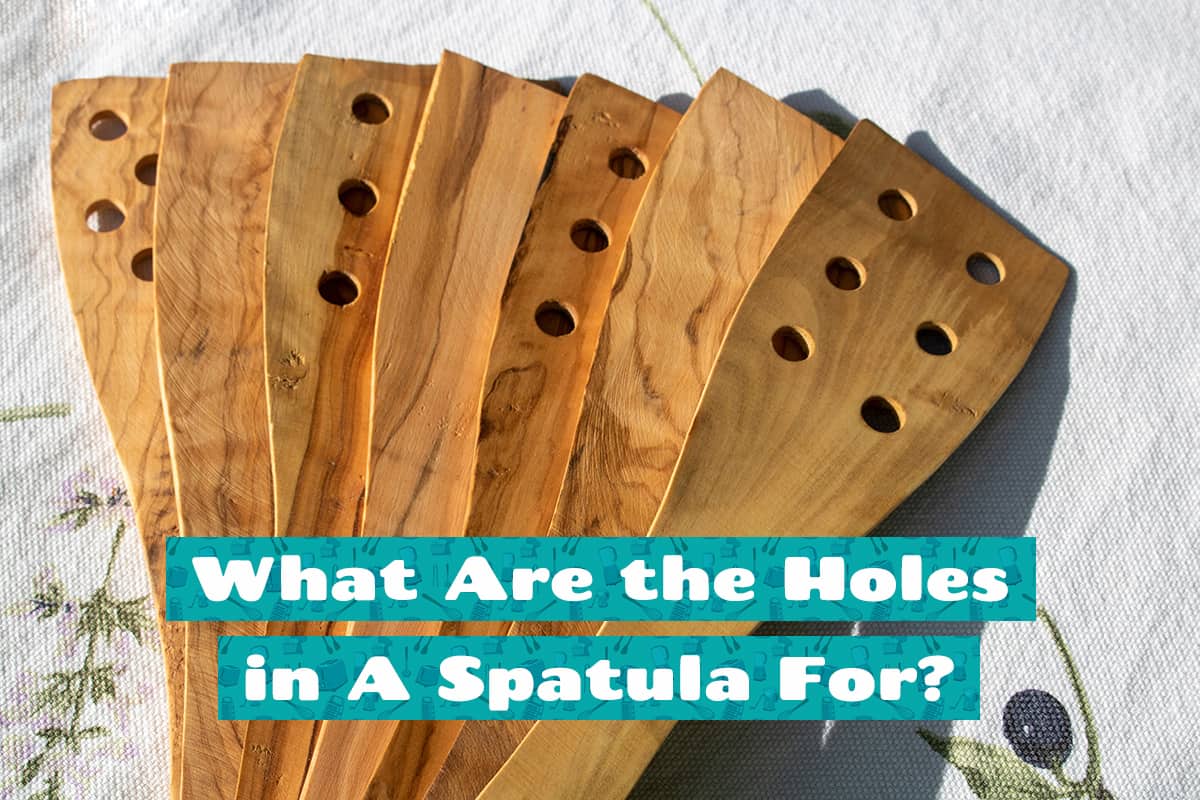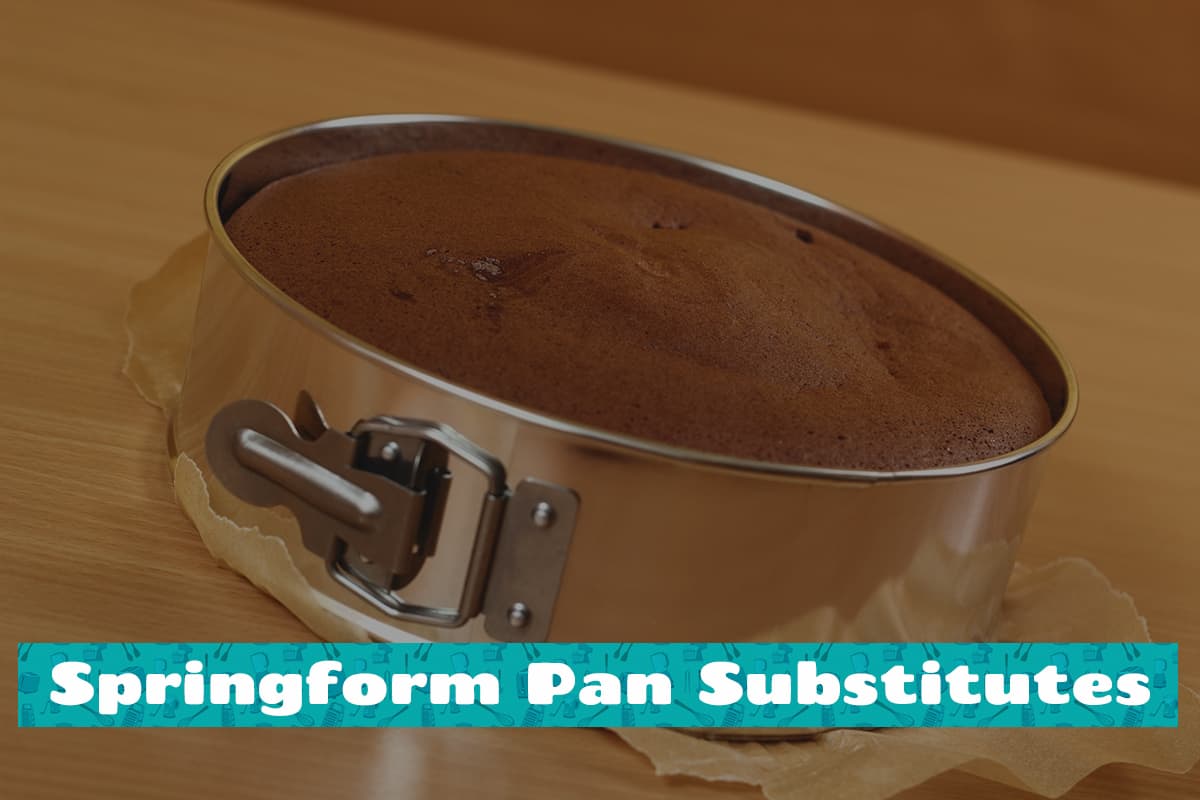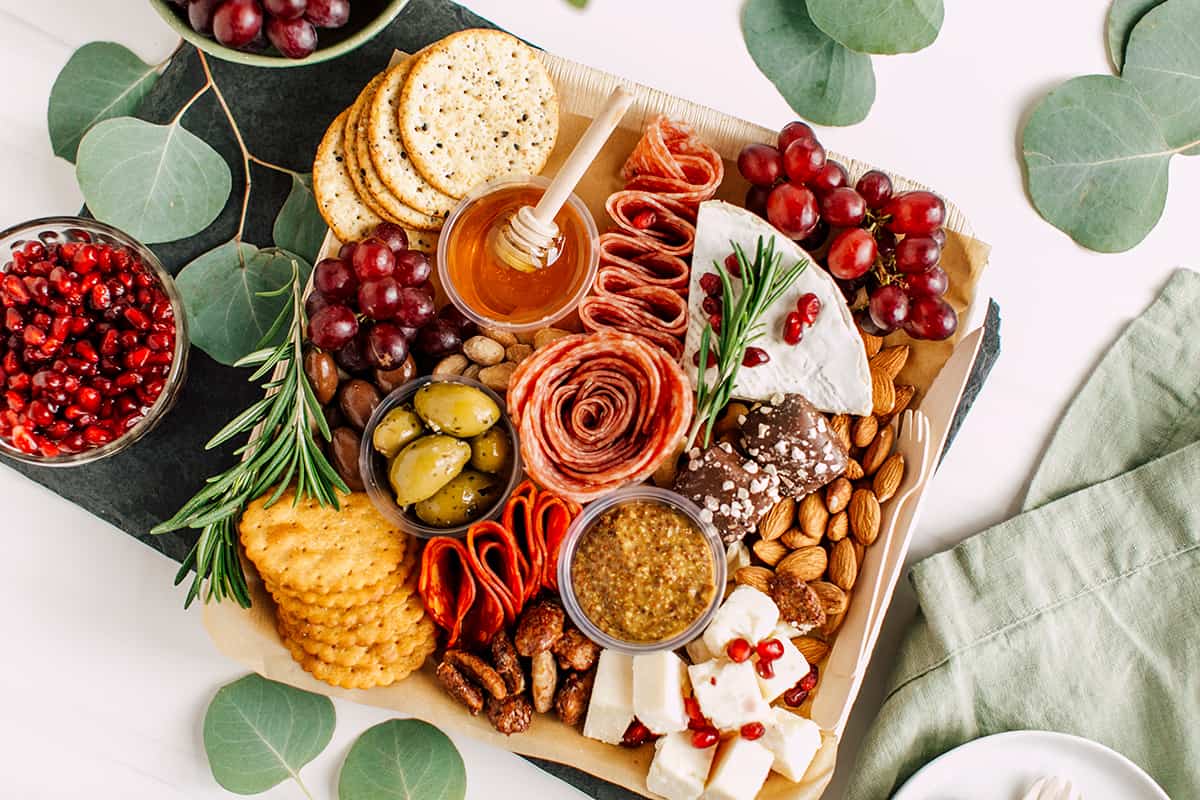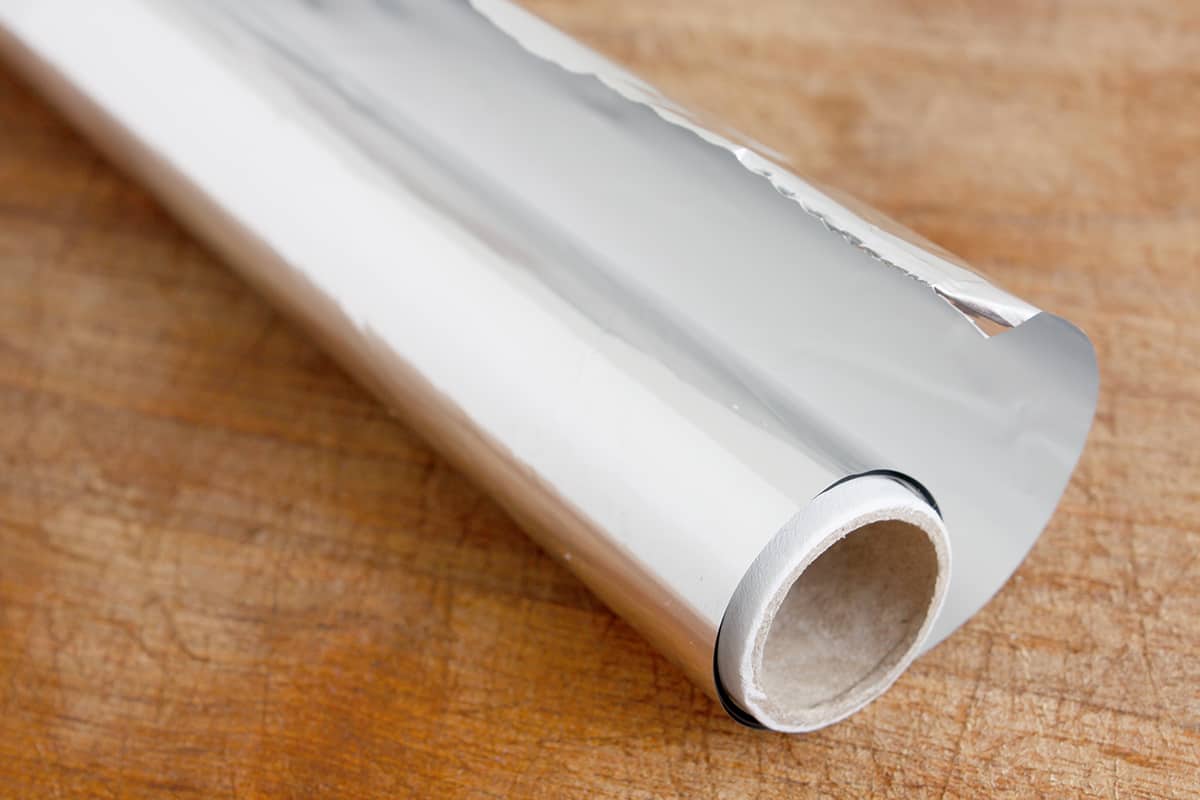If you’re shopping for potholders, you’ll notice that they come in a variety of shapes and sizes. Here we will look at that sizes of potholders are the most practical and effective, as well as consider other design elements of potholders that can affect how they function.
What is a Potholder?
A potholder is a piece of safety equipment used in the kitchen that the user holds when picking up hot pots and pans to protect their hands from getting burnt.
The potholder is made from a heat-protective fabric, or a thick layer of padding, and it is held between the hot pan and the user’s hand to ensure heat from the pan does not pass through to the user’s skin.
Most potholders are able to protect people from pots and pans with a temperature of 400 degrees Fahrenheit. Some potholders will offer extra protection and be able to prevent temperatures of up to 500 degrees Fahrenheit from passing through to the user’s skin.
A potholder will protect one hand at a time, so if you are picking up a large pot with both of your hands, then you would need two pot holders.
The premise of a potholder is very similar to an oven glove, but they aren’t shaped like mitts and are picked up rather than worn.
Some people prefer potholders to oven mitts because they are easy to just pick up, rather than needing to put your hand inside them like an oven mitt. However, some people find oven gloves preferable because they provide more coverage and therefore protect your whole hand, along with your wrists and some of your forearm.
Potholder Sizes
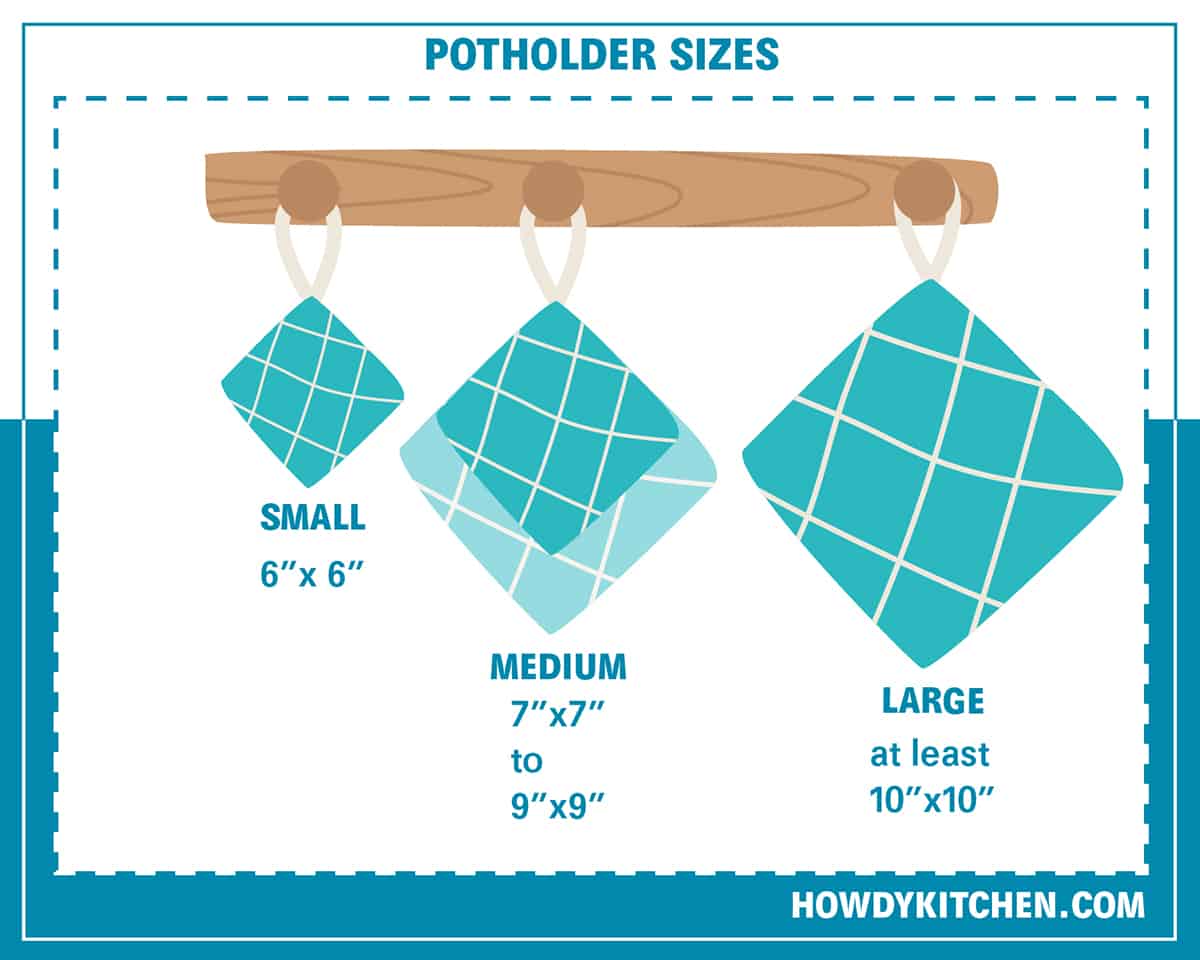
Potholders come in various sizes, and the size you need will depend on how big your hands are and the type of pots you most commonly use in the kitchen. Bigger pots will require larger pot holders so that more surface area of the pot is covered.
Small
Small pot holders are also known as mini pot holders. These are, of course, smaller than the average size of pot holder, with typical dimensions of 6 inches by 6 inches.
These types of pot holders are best suited for protecting fingertips when picking up smaller hot items that do not weigh very much—for example, a ramekin. You could also use mini pot holders to pick up hot utensils.
The lack of extra material in a mini pot holder means it needs to be used with extra care so that you don’t expose your hands or fingers to hot elements.
However, the lack of material also has its benefits; when picking up hot items near an open flame, the fact that a mini pot holder is smaller means it is less likely to come into contact with the open flame and be set alight. This size of pot holder is not very versatile because you cannot safely use it to carry larger items; however, it has a cute look, so it could make a nice gift for the baker in your family.
Medium
Medium-sized pot holders are also known as standard pot holders. This is the average size of a pot holder that is most commonly used by most people.
A medium pot holder can measure anywhere from 7 by 7 inches to 9 by 9 inches. This seems to be just the right size for many people to be able to pick up hot pots and pans safely, though some people will find that they get on better with the mini pot holder or large pot holder.
Large
The largest types of pot holders will have a length measurement of at least 10 inches. These oversized pot holders can be great for offering additional protection between your hands and the hot pans, but in some scenarios, the extra fabric can get in the way and make picking up items more tricky than it needs to be.
Potholder Materials
The material a potholder is made with is what will give it its heat resistance, with different materials offering different levels of protection in terms of the maximum temperatures they can handle.
Silicone
![]()
Silicone is among the most popular materials for a pot holder because it is incredibly resistant to heat, very flexible, offers great grip for additional safety, and is easy to wash. Silicone pot holders also tend to be very affordable.
Most types of silicone pot holders will be able to protect you from temperatures of 500 degrees Fahrenheit, with many offering resistance to temperatures as high as 650 degrees Fahrenheit.
While textile-based pot holders can get dirty easily from spilled or splashed foods, silicone is waterproof, so any spills can just be wiped right off. To give your silicone pot holder a deep clean, put it on the top shelf of your dishwasher on a regular wash, or let it soak in a sink of warm soapy water.
These types of potholders are also great because they dry really quickly, so you won’t find yourself in the position of not having a pot holder to hand because you’re waiting for it to dry.
Cotton
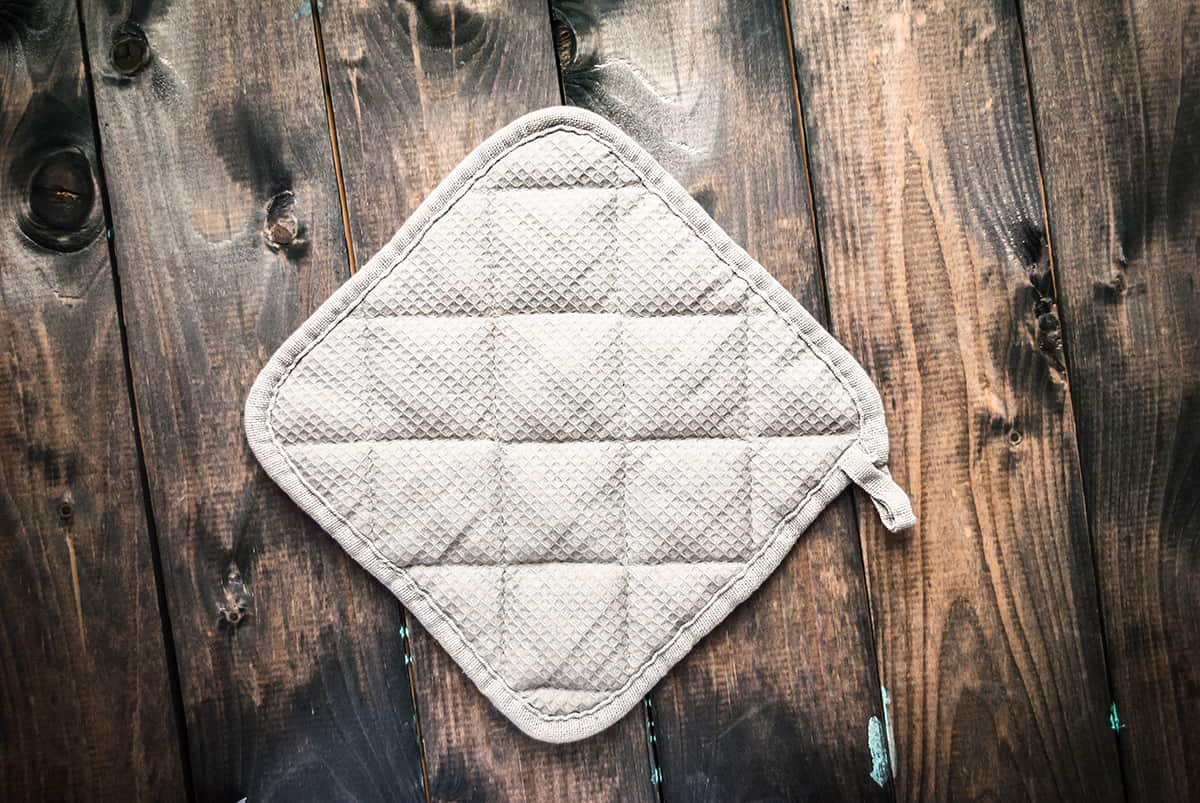
Cotton potholders are common because they are inexpensive, and they can be made in a wide variety of prints and colors to suit the interior decor of any kitchen.
These pot holders will contain an inner padded layer that works as protection against the heat, or in some cases, they can have silicone on the inside instead. These are not the most heat-protective types of potholders, but they do offer a reasonable level of protection, withstanding temperatures of between 400 and 500 degrees Fahrenheit.
Toweling
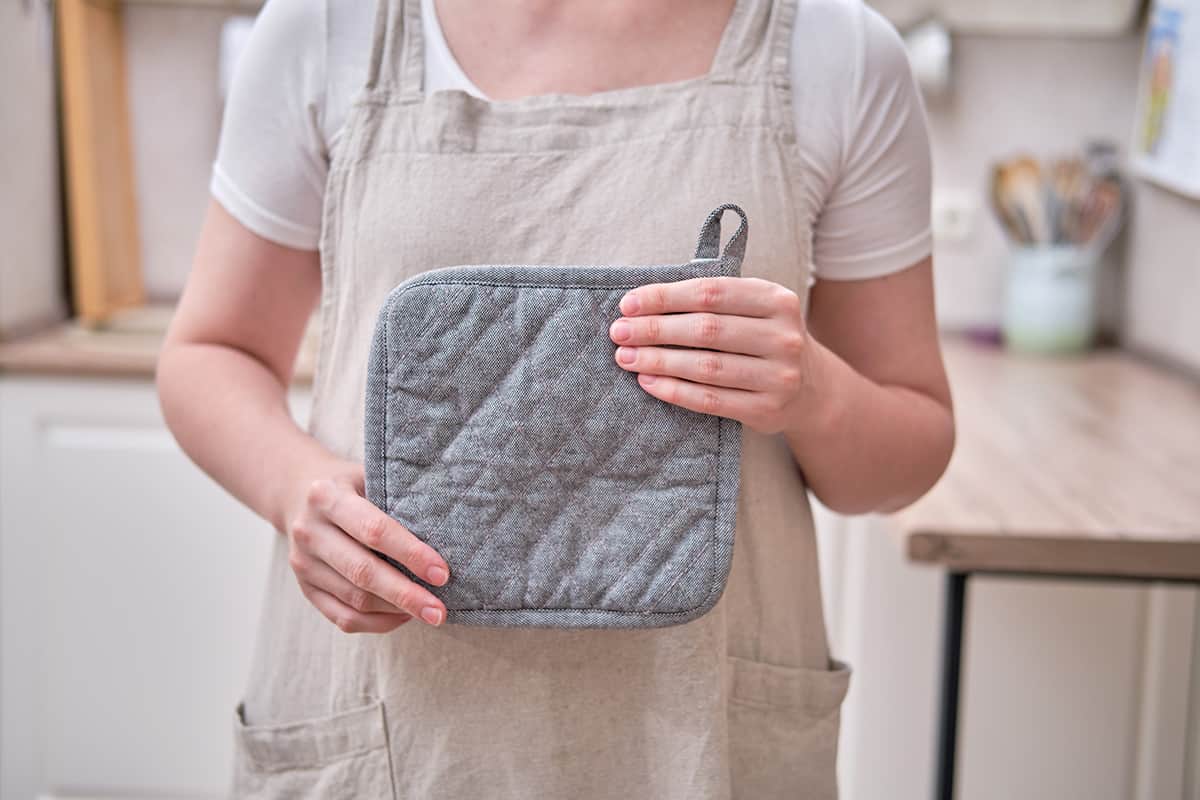
Terry toweling or terry cloth pot holders are easy to grip and easy to clean, but they offer limited protection against heat, generally withstanding temperatures of between 300 and 450 degrees Fahrenheit.
With a towering potholder, you may find that you need to pick up and put your hot pan down quite quickly to prevent the heat from getting through to your hands.
Aramid
This is a material that is also known under the brand name Kevlar. It is a very strong and sturdy fabric that has good protection against, and most aramid pot holders can be machine washed, making them easy to keep clean.
You may find that these types of pot holders are less common than silicone and cotton pot holders, as they tend to be more expensive. However, they do represent a good choice and will last for a long time, therefore making them potentially a better investment than cotton pot holders.
Crochet
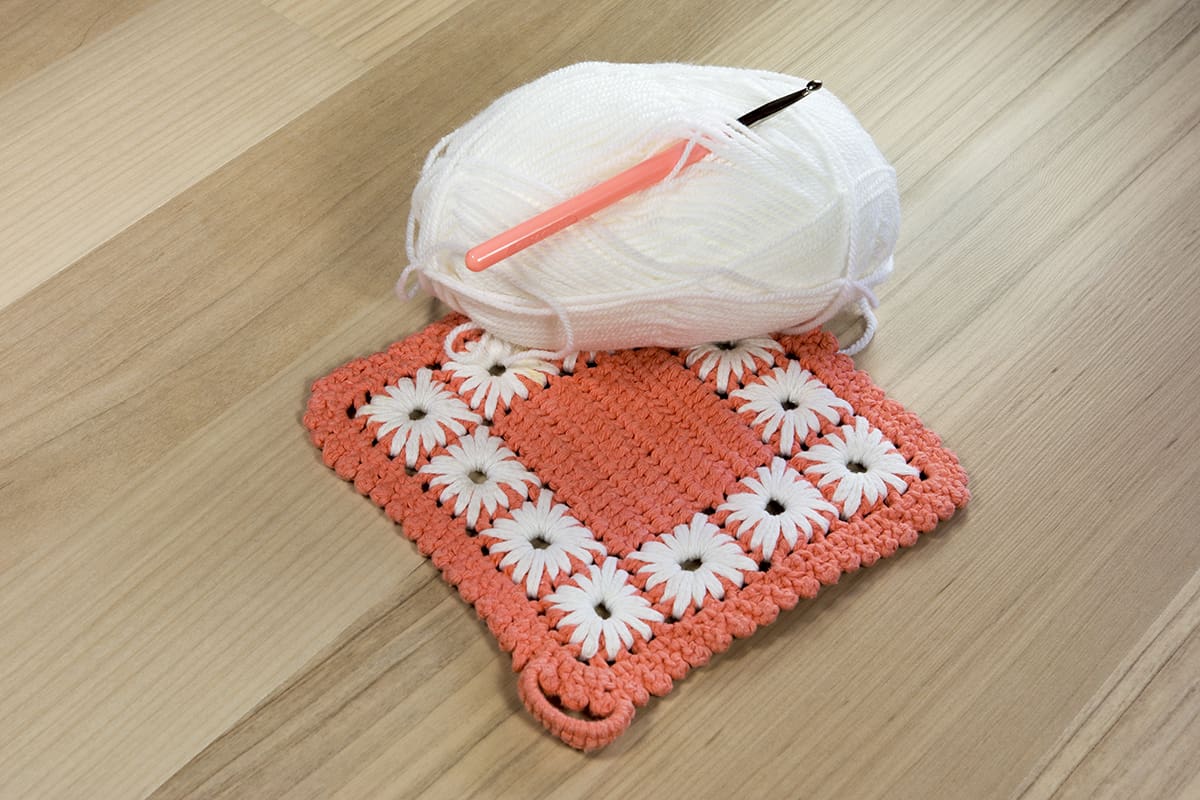
People have been making crochet pot holders since pot holders were first invented. If you enjoy crocheting, then making a pot holder can be a nice idea for a gift or to kit out your own kitchen with heat-protective equipment. Use completely natural fibers for crocheting pot holders as these have the best heat resistance.
Quilted
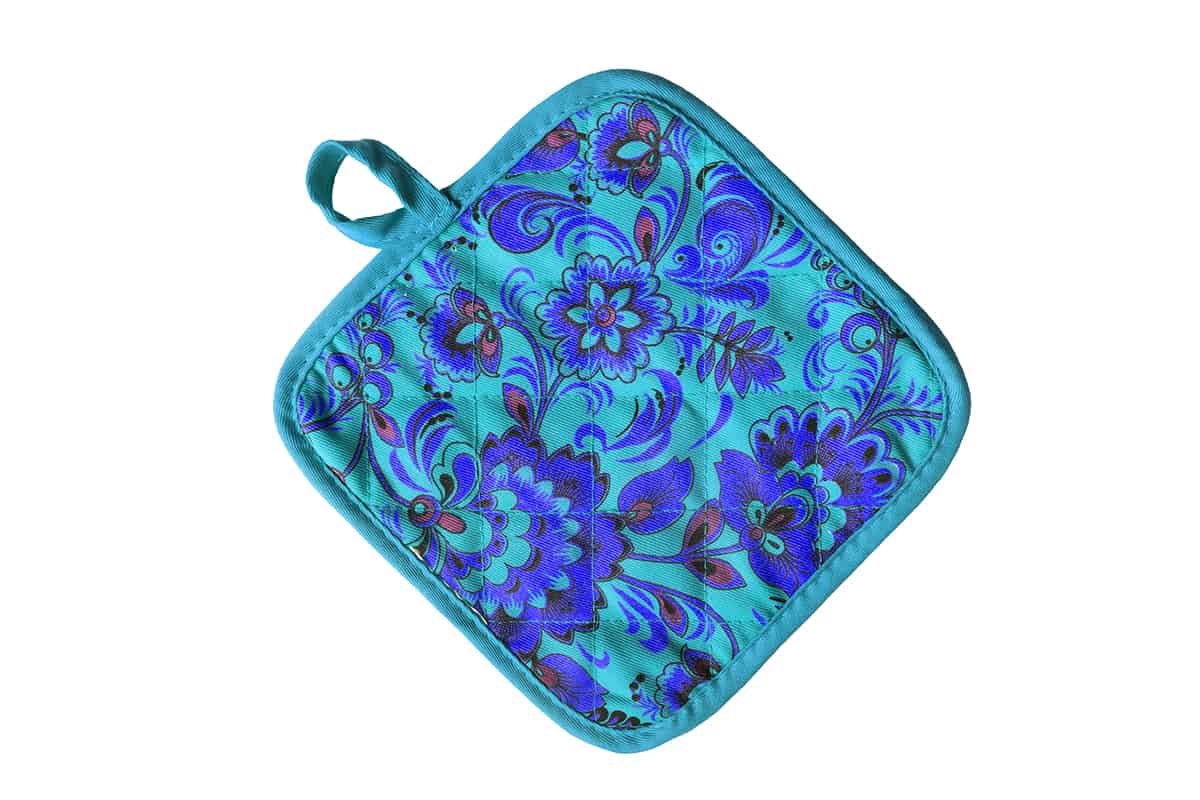
Quilted pot holders are a fun craft to sew at home, and they result in a useful piece of equipment. Quilted pot holders come in a wide range of designs and can be personalized to suit the owner’s interests. For example, someone who loves cats could have a quilted pot holder made from a printed cat fabric.
When making quilted pot holders, be sure to use plenty of batting so that the item is very well insulated in order to protect against heat. You can expect that most well-made quilted pot holders will protect from temperatures of up to 500 degrees Fahrenheit.
These pot holders will absorb any spillages from liquid or food splatters, so they can become dirty quite easily. Fortunately, they can be washed in the washing machine, but ensure that they are given adequate time to dry thoroughly before using them again, as wet pot holders can cause steam burns.
